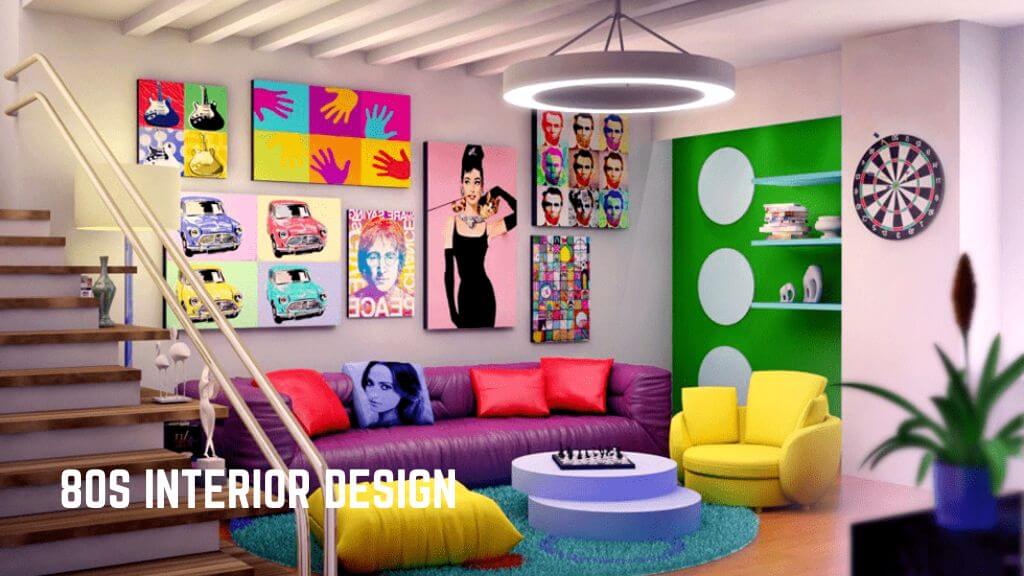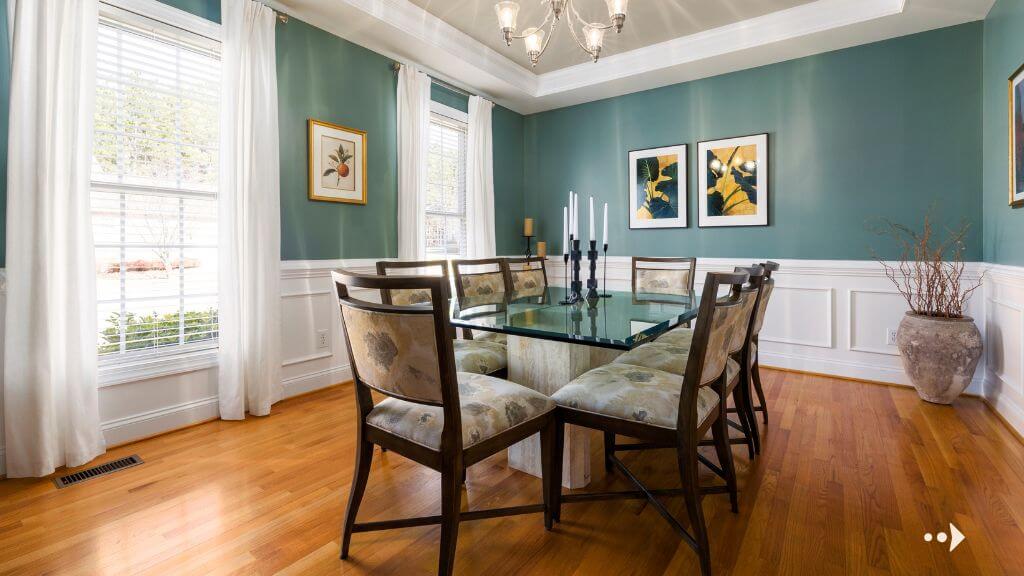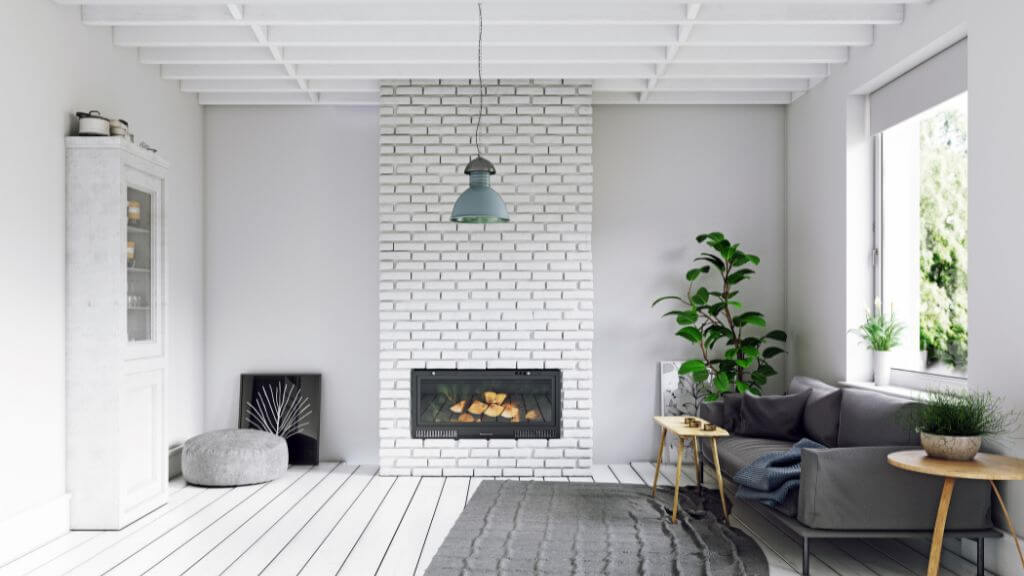Using 80s interior design for your house can give it a nostalgic look. This type of design can include things like lacquer units, glass block walls, and plants. It can also include a country, shabby chic, or art deco design.
Art Deco
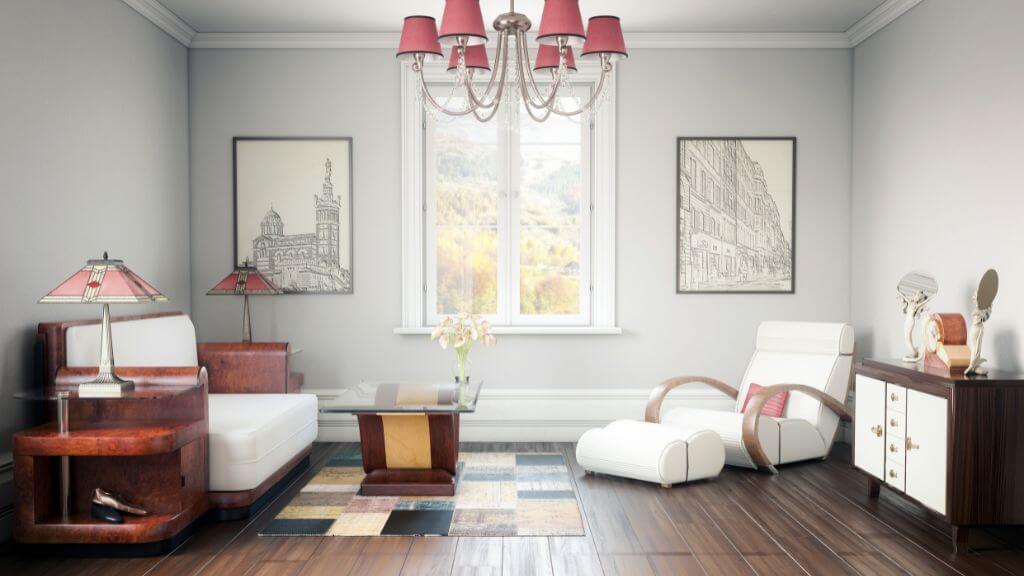
During the 1980s, Art Deco interior design was a huge hit. This trend was characterized by bold, bright colors that mixed well with lacquered and polished wood furniture. It also featured large, oversized pieces of decor that emphasized the luxury and hedonism of the era.
Art Deco architecture was often used in large cities around the world. Often, these buildings were designed by Italian, French, and Portuguese architects. It was also a popular style for ocean liners.
Art Deco grew from its origins in France before World War I. This style was seen as a symbol of the West’s modern vision of progress. The name comes from the 1925 Paris Exposition. The movement was led by La Societe des Artistes Decorateurs, which was founded by Hector Guimard.
Objects and furnishings designed during the Art Deco era were made from expensive materials such as marquetry and onyx. These materials made it difficult to produce in series.
Art Deco designs also featured geometric forms and chevron patterns. These forms were inspired by the Bauhaus, Art Nouveau, and Futurism.
Artists like Andre Groult, Emile Decour, and Paul Follet were important designers during this period. They also designed furniture and metalware.
The most famous poster artist, Ernst Deutsch, was also influential. His bold color palettes embraced human figures and simplified shapes. He also designed for Coco Chanel and Bugatti automobiles.
Art Deco interior design continues to be popular today. These pieces add unique flavor to a room.
Shabby Chic
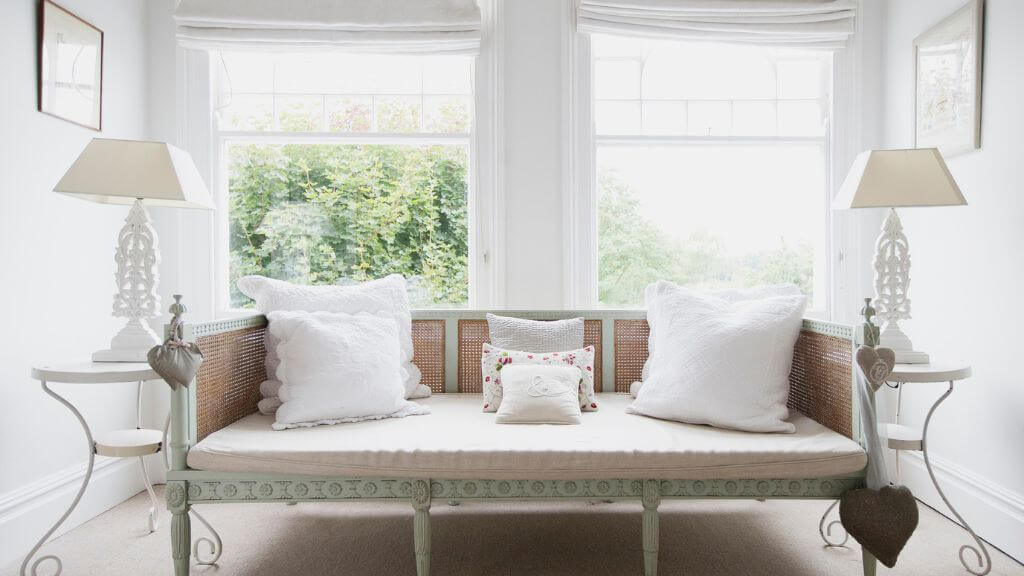
shabby chic interior design is a light interior decorating style that emphasizes a relaxed elegance. It also celebrates the imperfections of life. With the right elements, it can be easily integrated into any home. The best part is that it doesn’t take a lot of time or money.
To achieve the shabby chic look, you’ll want to choose furniture with an authentic patina. This will give your furniture a one-of-a-kind look.
Shabby chic interior design is also characterized by a combination of modern and vintage design elements. These include oxidized iron lighting, weathered metal accents and vintage furnishings. You can also add touches of opulence to make your rooms look more luxurious.
A must have is a crystal chandelier. You can place it above your kitchen island for a fairytale-like pop. Also, add a sheer curtain for privacy. You can also place a rustic French door over your living room entrance. This will make your home feel cozy and comfortable.
Shabby chic interior design also incorporates the use of pastel colors. These colors are great for bedding, pillows and area rugs. They also complement whites.
You may also want to consider a good floor rug to bring in a little color. You can also use white linen to create a formal look. White will also add a touch of coziness.
Shabby chic interior design was first coined in the 1980s by Rachel Ashwell. She started the style with the goal of creating comfortable, welcoming environments. Ashwell also recovered old furniture.
Country
Countless studies have been penned on the subject. Some of them are even peer reviewed. The majority of them are deemed inert, but still contain useful bits of information. A few are actually worth retaining for posterity, while others are tossed to the wolves. The most difficult part of the puzzle is figuring out which ones are worth keeping, which is where the luck is at work.
A few years back, there was a sea change, especially in the upscale segment. Some designers saw the opportunity to capitalize on this and jumped in with both feet. One such designer was Frank Lloyd Wright. The name might be a bit of a mouthful, but the results were impressive. He was not only a notable architect, but an accomplished inventor, a keen philanthropist, and a keen auctioneer. It was his vision for design that set the stage for a decade that would eventually see the likes of Louis Vuitton and Ralph Lauren come to fruition. The resulting designs, while dated in some respects, still contain all the hallmarks of mid-century modern design.
The best part of all of it is that a savvy shopper can find a good selection of such design gems at reasonable prices. If you are fortunate enough to own a mid-century modern home or find yourself a lucky gent in the sandbox, the possibilities are endless.
Glass block walls
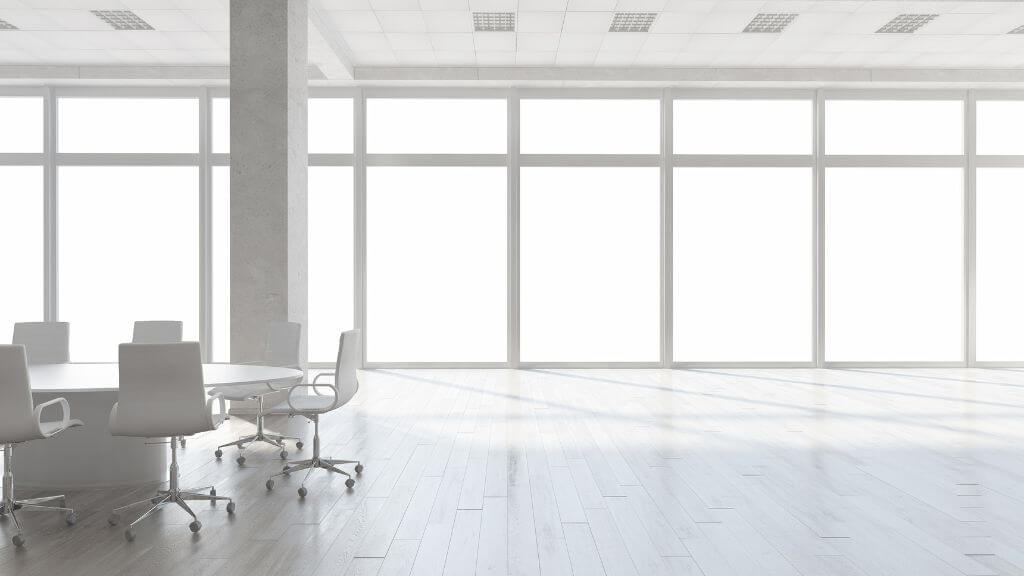
During the ’80s, glass block walls were a craze. They were used in interiors as well as exteriors. They were used to provide privacy and improve lighting. They were also used as a replacement for glass windows and shower screens.
The glass block is a hollow brick made of glass. It can be made in a variety of shapes, colors, and sizes. It is durable and offers a textured finish. It is also very easy to customize.
You can use glass blocks in your interior design to create accent walls, to accentuate your kitchen island, and even to add style to a wet bar. They also work well for homes that feature mid-century style. They are also impact resistant, so you can easily clean them.
Originally, glass blocks were used for factories to provide natural light. They were also used on ships during the 1800s. Today, they are more widely used in residential applications. They are also energy efficient.
Glass blocks have come a long way. New designs are extremely strong, insulating, and energy efficient. This is good news for building owners. They also add curb appeal and ambiance.
You can use glass blocks to create accent walls, windows, and partition walls. The best part is that they can be installed by you or by a professional. Depending on the size and structure of your wall, you can use pre-made glass block panels or use individual blocks to create a custom look.
Lacquer units
Keeping in mind that there are few things as daunting as a slapdash redesign, I was able to tame the mess with a little ingenuity and a lot of oomph. My first go at the re-design yielded a more than halfway functional home, a more than adequate shed and an impromptu game room. The best part of the whole experience is that the gang isn’t just an eight-person household, but a sextet. The perks of the hors d’oeuvre include a more than adequate dining area, a kitchen that can be configured to the needs of the host and her hare, and a decent sized living room and outdoor patio to boot. The main drawbacks are a lack of decent lighting, which I have been known to exploit to my advantage.
Plants
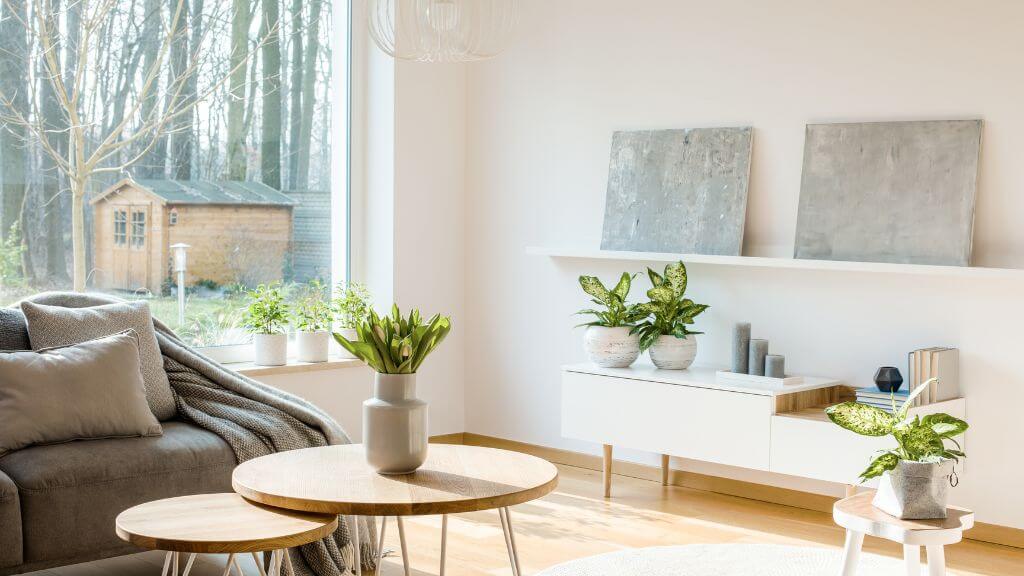
During the 1980s, plants were a huge trend in interior design. They were used as accents in the designs and were often used in large spa-like bathrooms. There were a variety of plants used, including tropical plants, hanging plants, and even artificial plants.
The colors used in 80s interior designs were often bold and rich, with shades such as hunter green, burgundy, and peach. Floral prints were also popular. They were often used in bedding, curtains, and furniture. They were also paired with ruffles.
During the 1980s, neon lights were also a popular interior design trend. Neon colors added a sense of nostalgia to any space.
During the 1980s, the technology boom brought a boom in the economy. Consumers had access to new toys and household computers. The 1980s was a time of excess and brash attitudes. The era also saw the emergence of grunge music.
The 1980s interior design style also featured geometric shapes and designs. They included lampshades with hanging fringes, chandeliers, floor lamps, and wood paneling. These styles are still popular today.
During the 1980s, furniture was usually upholstered with faux leather and Lucite. The furniture was also usually clear, making the space look brighter.
Floral prints were also a popular style in the 1980s. Laura Ashley was the leading designer of this era, and floral prints were used on everything from furniture to draperies. They were often paired with frills and lace.
